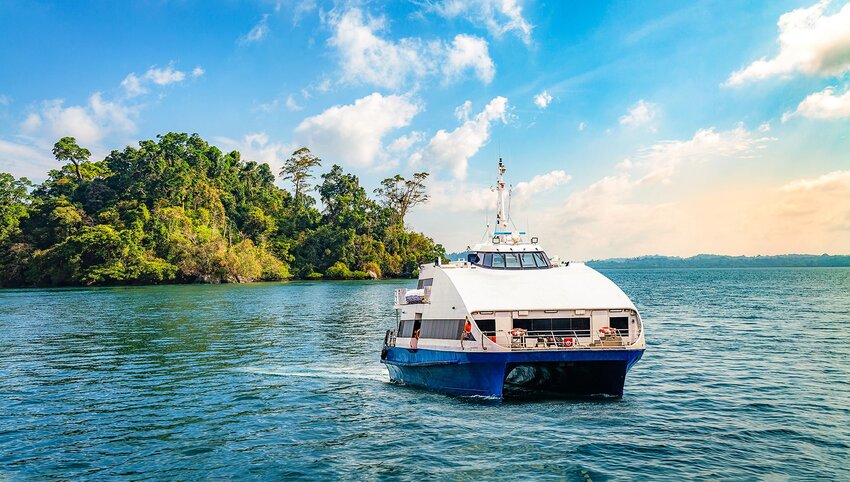In contrast to the famous tourist sites that throng with people, some hidden corners of the world remain firmly off the beaten track — for good reason. They might be buried under a thick layer of snow, camouflaged by dense vegetation, or off-limits by government decree. But things never stay the same forever. Climate change reveals what was once under ice, loose tongues let closely kept secrets out of the bag, and political change opens up places where outside access was once forbidden. If you’re keen to blaze a trail and tick off sites that used to be unknown or closed, here are seven secret spots around the world that you can visit.
Gocta Falls, Peru

Few people knew of the existence of Gocta Falls prior to 2002. Though this waterfall was well known to the local community, they believed revealing its whereabouts to outsiders would unleash a curse. It wasn’t until a German named Stefan Ziermendorff stumbled across it by accident that the secret was out of the bag. He returned with a team of explorers to survey the area and then broke the news to the rest of the world. Yet, though no tourist had ever noticed it before, the waterfall is a significant one, clearly visible from a hiking trail several kilometers away. However, measuring its long drop with any accuracy has proved tricky, and as a consequence, it’s been variously described as being the third, fifth, and 16th tallest waterfall in the world. Regardless of its position in the league table, it’s an impressive and beautiful site and worth checking out if you’re in this part of northern Peru.
Stuðlagil Canyon, Iceland
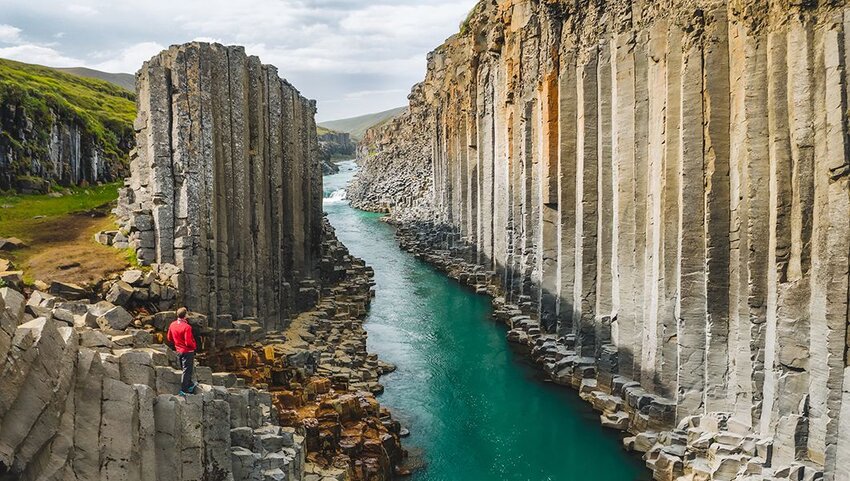
Until 2009, Stuðlagil Canyon wasn’t so much secret as completely hidden from sight. This extraordinary canyon in East Iceland was revealed after engineers dammed the river that runs through it to create hydroelectric power upstream. As a result, the water level dropped significantly, uncovering impressive basalt columns on either side. But it’s not just the rocks that make this place remarkable: it’s the colors. For much of the year, the river is a vivid turquoise blue. Coupled with the rust oxide that has colored the rocks’ surface, it’s a striking sight. Though there’s been some investment in tourist infrastructure, notably a viewing platform on the west bank, the east bank remains largely untouched. Hike along an easy trail for a few miles and you’ll get a close-up view from the water’s edge.
Jorvik, England
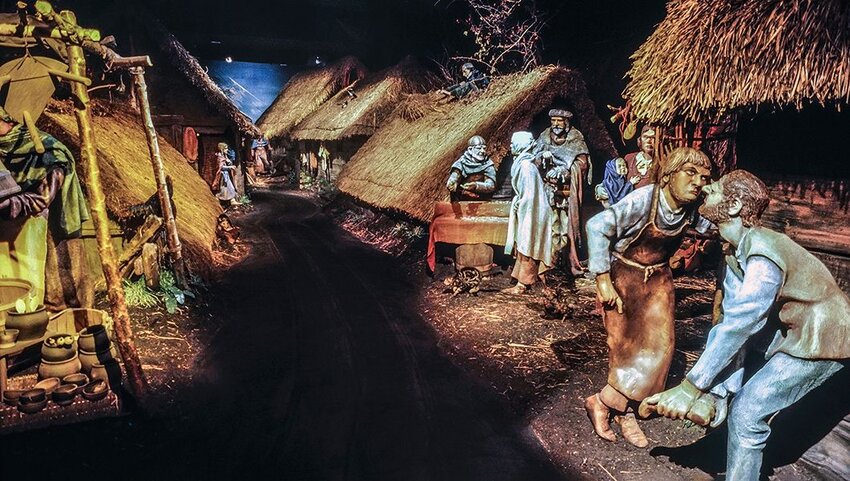
Residents of York had no idea that a wealth of ancient artifacts was concealed beneath a sweet factory in the center of their city. But when the confectionery company moved to the edge of town, there was an opportunity to carry out an archaeological dig on a grand scale before the site was redeveloped. Between 1976 and 1981, more than 40000 objects were painstakingly uncovered and cleaned. Among the items retrieved were Roman roof tiles, timber from Viking buildings, a quarter of a million bits of pottery, five tons of animal bones, and heaps of oyster shells. In 1984, some of these went on display in an innovative museum called the Jorvik Viking Centre. Thanks to the production of authentic smells as well as skilled storytelling which brought history to life, it remains one of York’s most popular visitor attractions almost four decades later.
The Terracotta Army, China
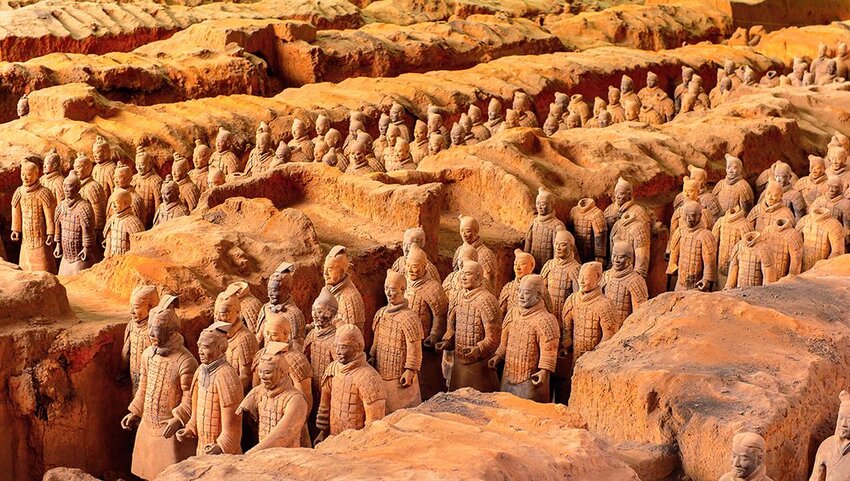
Visitors to the Terracotta Army near Xian in China might be surprised to learn that this massive site was only uncovered in 1974. Farmers laboring in the fields came across some pieces of what appeared to be a clay figure. Agriculture gave way to archaeology as the site was laboriously excavated, revealing thousands of life-size figures of warriors and horses, positioned as if ready to go to battle. Incredibly, each one of these sculptures has been hand-finished to look unique, with different facial features or armor added to various master molds to vary their appearance. Collectively, they adorn the mausoleum of China’s first emperor Qin Shi Huang, a powerful but ruthless leader who united its provinces and standardized the way things were done. While the scale of what you see during a visit is jaw-dropping, it represents only a fraction of what’s still hidden.
Andaman and Nicobar Islands
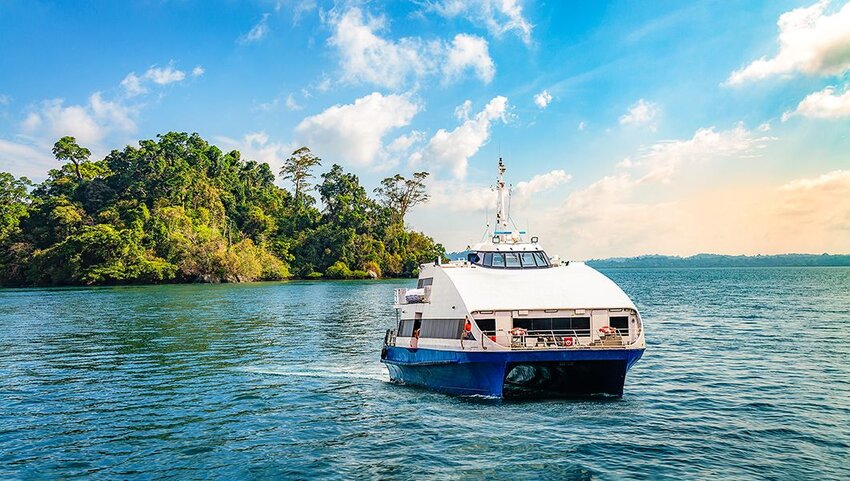
The Andaman and Nicobar Islands form an Indian-administered archipelago in the eastern Indian Ocean. Some parts of this territory are closed to outsiders to preserve the way of life of the indigenous inhabitants and prevent the transmission of contagious diseases for which they have no natural immunity. However, in 2018, the Indian government lifted Restricted Area Permits and opened up 29 islands in Andaman to visitors, including Havelock, Neil, Mayabunder, and Ross. Pristine beaches anchored beside limpid water await travelers who spend their days snorkeling, diving, kayaking or fishing. Sailing close to Barren Island, an active volcano, is also permitted so long as travelers remain onboard the boat.
Ciudad Perdida, Colombia
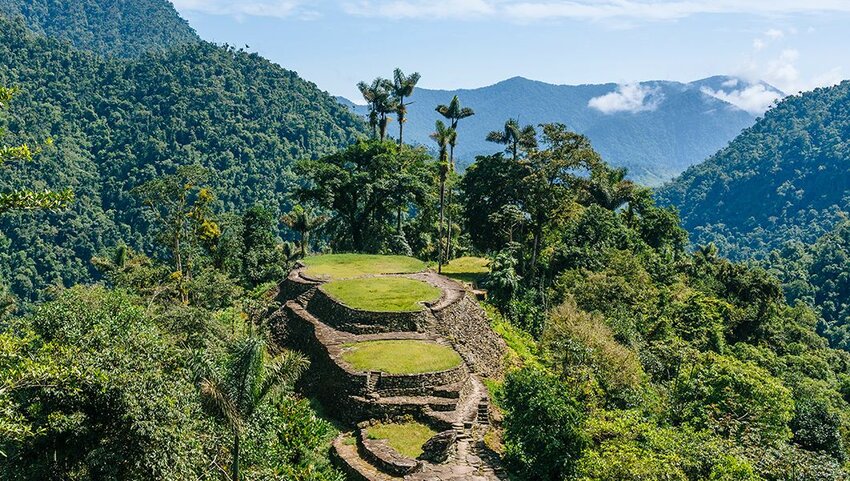
From time to time, archaeologists introduce us to long-lost cities, breaking news about pyramids once buried in the sand at Saqqara, Egypt, and Maya temples like Aguada Fénix and Xiol. Ciudad Perdida was buried deep in dense rainforest in Colombia’s Sierra Nevada de Santa Maria. It was built by the Tairona people and is thought to predate Machu Picchu by about 650 years. Abandoned after the arrival of the Spanish, Ciudad Perdida was forgotten by the outside world, though not by the indigenous people of the area. So the story goes, they managed to keep it secret until 1972, when a group of hunters set out in pursuit of a wild turkey. On catching up with it, they noticed a set of stone steps. Following them upwards, they discovered that the steps led to an abandoned city. The hunters kept quiet about their find, intending to loot and sell as many treasures as they could, but their actions tipped off the authorities. To reach it, you’ll need to embark on a challenging five-day trek with a registered travel company.
Hang Son Doong, Vietnam

Cave systems stretch for miles under the earth’s surface, and the largest one can be found beneath Vietname. Hang Son Doong is the world’s largest cave passage by volume on the planet – that we know about. It wasn’t until 1990 that it was discovered and only in 2009 that a formal survey would be carried out by a team of British and Vietnamese speleologists. This massive cave has a volume of 38.5 million cubic metres which would be big enough to fit a 40-story building inside at its tallest point. It’s so large, in fact, that it has its own ecosystem featuring misty primeval forest inhabited by spiders, woodlice, and centipedes. Access to this magnificent subterranean cavern is strictly controlled and each year, only a limited number of tourists are lucky enough to see it with their own eyes.

